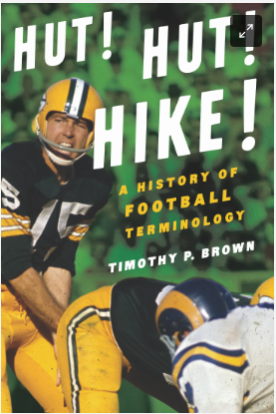Welcome, hockey fans, to a journey through the hallowed halls of hockey history! We're embarking on a series dedicated to the elite few – the immortals enshrined in the Hockey Hall of Fame.
From the pioneers who carved their names on the frozen canvas to the modern-day marvels redefining the sport, the Hall of Fame boasts a pantheon of legends. These are the players whose brilliance, dedication, and impact on the game have earned them a place among hockey's royalty. Welcome to the section that celebrates the house where the North American Ice Hockey Legends reside in memorium for future generations to respect what they have done for the game.
Here, you will find the players in the Hall and examine the top players at each jersey number in our ongoing pursuit to preserve the player, uniform, and team history.







